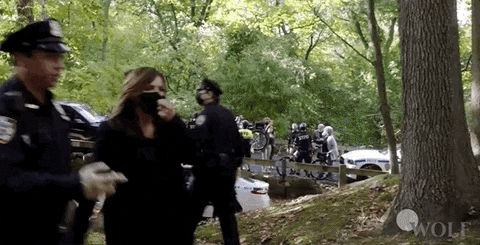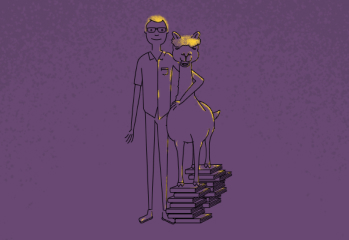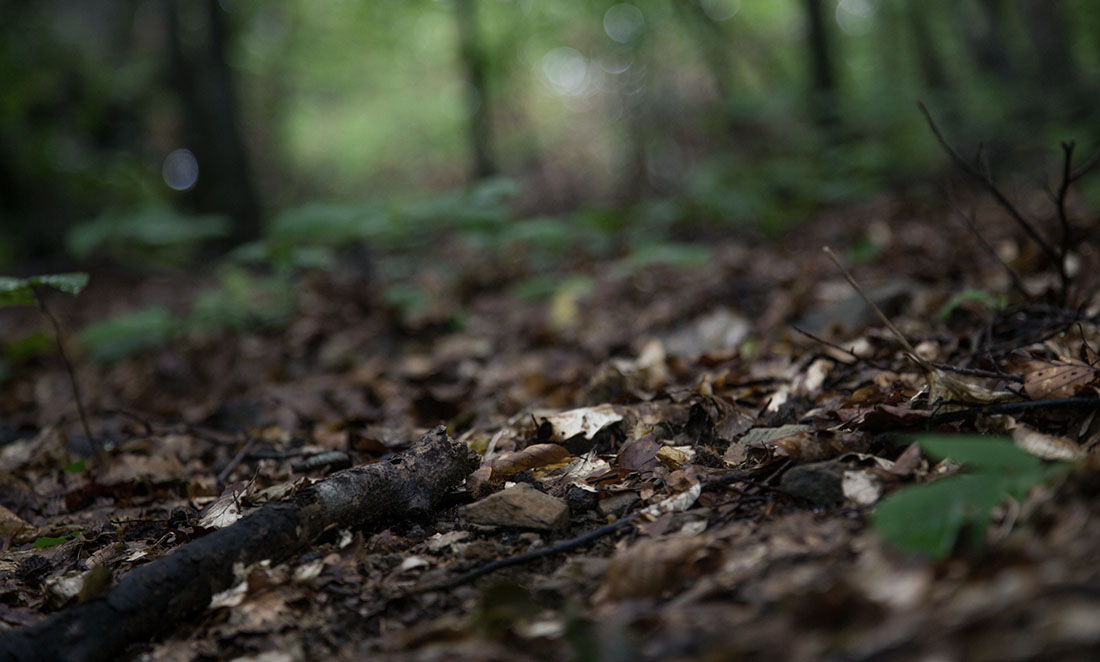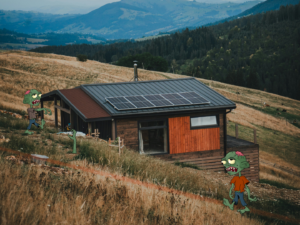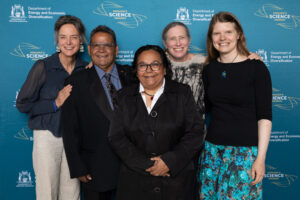If you had to bury a body, where would you hide it?
That’s the question two Murdoch University researchers hope to ask volunteers as part of a world-first study into the science of finding clandestine graves.
The research – led by forensic scientist Brendan Chapman and criminal psychologist Dr David Keatley – aims to examine the conscious and subconscious decisions people make when they decide where to bury a body.
It draws on a technique known as the Winthropping method – an underreported tool for locating clandestine graves and other hidden crime scenes.
Finding IRA weapons
Brendan says the term ‘Winthropping’ stems from Northern Irish police and security forces trying to locate IRA weapons caches.
“The IRA used to obviously create a lot of bombs and weapons … that they would basically hide in these buried bunkers or crates,” he says.
“So the beginning of this Winthropping technique was the investigators looking at areas and doing a little bit of a ‘If I were to bury some weapons, where would I bury them?’ approach.”
“That’s exactly what we do as forensic teams when we’re trying to identify a gravesite.”
Brendan says there are a lot of physical factors that impact where people dig clandestine graves.
“They’re always within a relatively short distance of vehicular access, because it’s not easy to move a body,” he says.
“And there’s other things that offenders often do as well, like putting things on top of the grave site, like branches, to try to disguise it.”
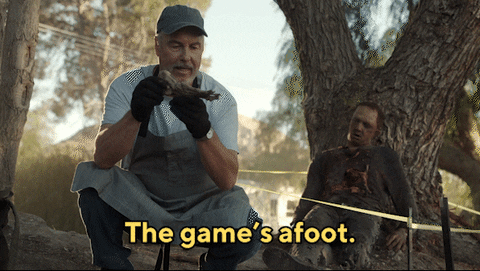
Inside a forensic examiner’s toolkit
Forensic scientists also look for clues such as changes in soil colour and increased plant growth caused by extra nutrients from a decomposing body.
“We’ve got a bunch of things in our forensic examiner toolkit that help us identify an area that may be a grave,” says Brendan.
Brendan says the Winthropping research combines these physical clues with psychological aspects of why people choose certain burial sites.
“A lot of it comes down to self-preservation … we don’t want to be caught,” he says.
“That manifests as [behaviours such as] doing it in areas which are aren’t clearly visible to passers-by or roadways.
“They may be doing it under a cover of darkness as well, for instance.”
“In the case of buried weapons, the person needs to be able to return to the site. So visual waypoints and markers can assist them in doing that in the same manner as some killers return to burial sites.”
Volunteer grave diggers
Unfortunately, much of what we know about where people bury bodies is based on anecdotal evidence.
Forensic scientists, for instance, have long thought that offenders are more likely to drag a body downhill than uphill.
But when Brendan tried to track down the source of this belief, he discovered everyone was citing a single textbook that didn’t offer any evidence for the statement.
He hopes research that asks volunteers where they would bury a body, and why, can provide insight into an offender’s decision-making process.
The team can then compare this to real-world cases.
“We will give them a land area, and we will give them an accurately weighted body and tell them to choose a spot,” says Brendan.
“Then we’ll map the spots they chose and analyse what are the more popular spots.”
Ultimately, the research aims to make it easier for police to locate clandestine graves.
“Because they are very difficult to find,” says Brendan.
